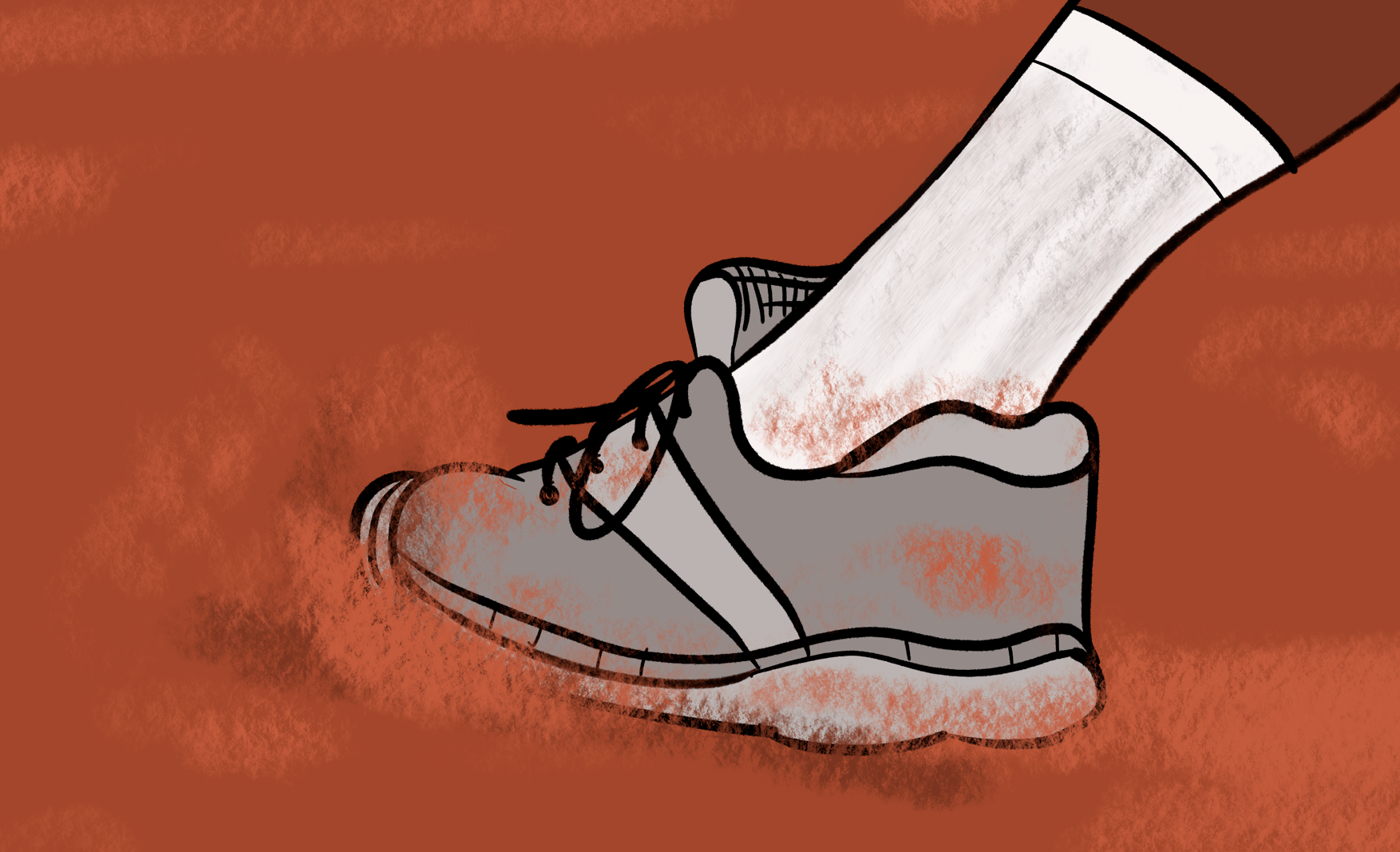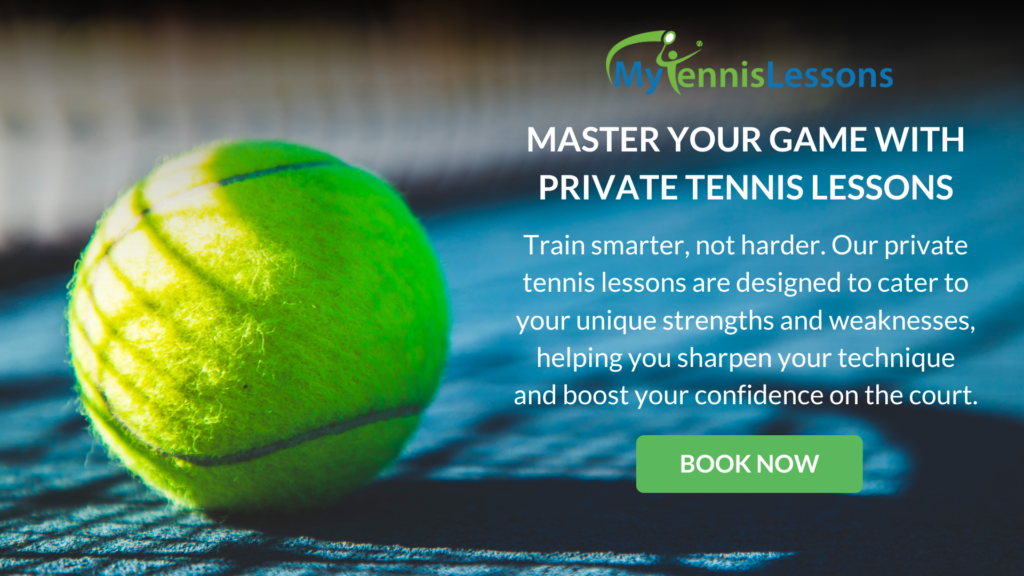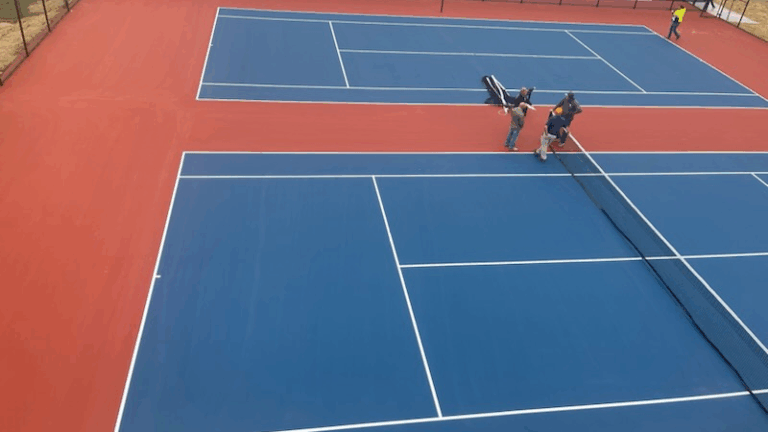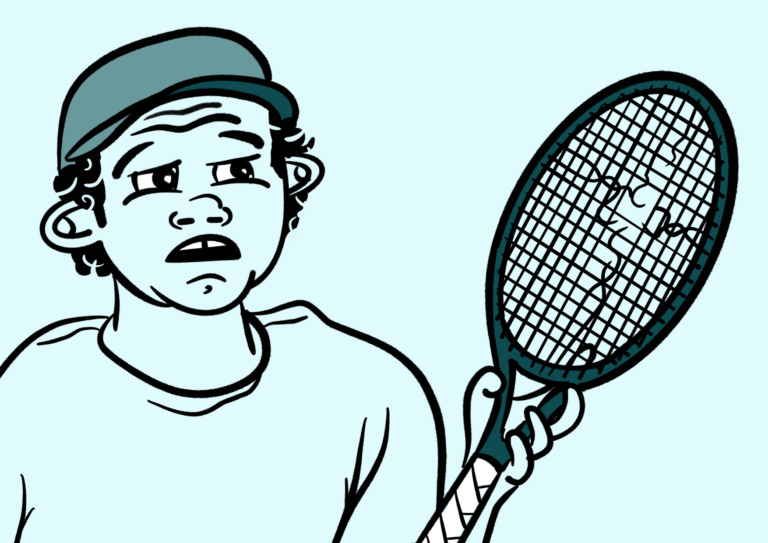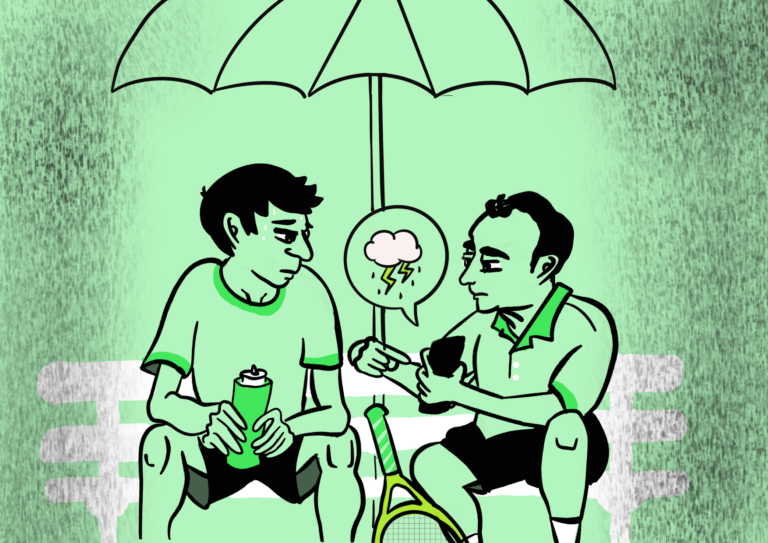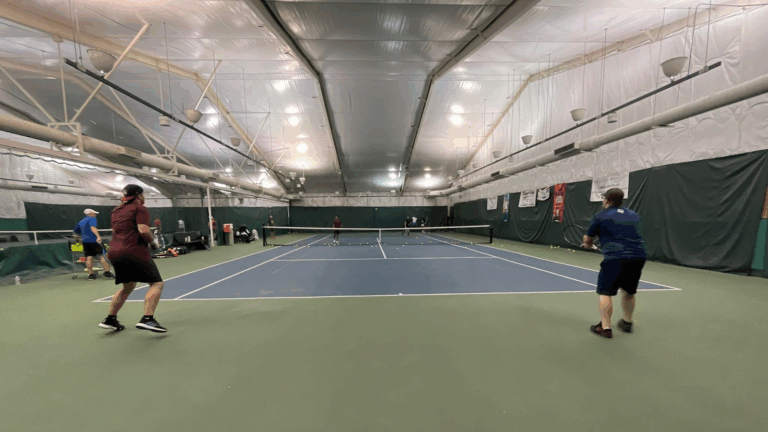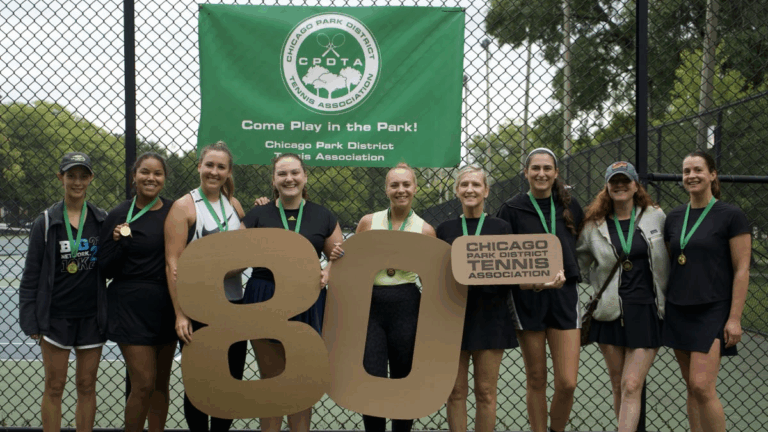Comparing Tennis Court Surfaces
When you start playing tennis, it may surprise you that not all surfaces are not the same. If you’re playing at a local park, most likely you are accustomed to hard courts. Or, if you are watching tennis on television, you might be curious as to why the commentators often talk about surface conditions.Tennis is a unique sport in that the material or composition of the court is not the same. Learning the different types of tennis court surfaces will not only help your game, but also elevate your understanding of the sport as a spectator and fan. Check out the four types of tennis court surfaces below.
Grass Tennis Courts
For many tennis fans and players, grass is considered the most charming and unique tennis surface. It is synonymous with Wimbledon in London, one of the four Grand Slam tournaments, the oldest tennis tournament in the world.
What makes grass courts so unique?
- The ball does not bounce as high on grass courts
- Slippery surface that plays quicker
- The above factors lead to shorter rallies
- Players are required to adjust their play to incorporate…
- Serve and volley
- A more aggressive approach
- Slices that keep the ball even lower
- The grass season on tour is only 5 weeks in total
- Playing on grass requires special grass tennis shoes
- Higher probability of dead spots or unexpected bounces
There is a good chance you’ve never even seen a grass court, let alone played on one. So why are grass courts so limited? Maintaining grass courts is extremely expensive and they are not very adaptable to different types of weather. For instance, grass courts do not dry quickly so if it rains, they should be left for the day.
Clay Tennis Courts
Clay tennis courts evolved from grass. Because grass courts became so worn down in the summer, they would sometimes burn, making them unplayable. In order to protect the grass, clay was added over the top.
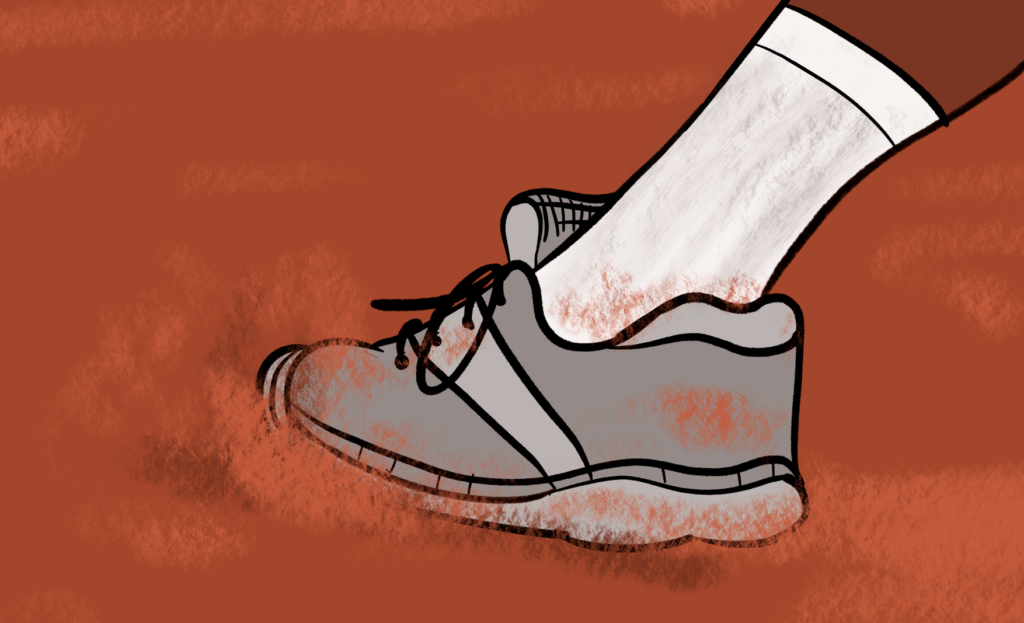
What makes clay tennis courts so unique?
- Slowest of the three most common surfaces
- Expect odd bounces and certain “dry” or “dead” patches
- Prepare for longer rallies
- Players are required to adjust their play to incorporate…
- Variety of slices and spin
- Consistency of groundstrokes
- Quickness, guile, and touch around the net
- Clay requires a specific type of tennis shoe
There are two kinds of clay courts: green and red. Green clay is really popular in the United States and red clay is often found in Latin America and Europe, the most famous being the courts in Paris at Roland Garros. Green clay courts come from crushed basalt, or volcanic rock while red clay courts consist of red brick dust, crushed white limestone, among various others.
Hard Tennis Courts
Hard courts have garnered significant popularity in the sport of tennis, becoming one of the most used surfaces in the world. With two of the four Grand Slam tournaments played on hard courts, this type of tennis court has been referred to as the “players choice”. Often at country clubs, public recreation centers, or parks, these courts are typically brightly colored.
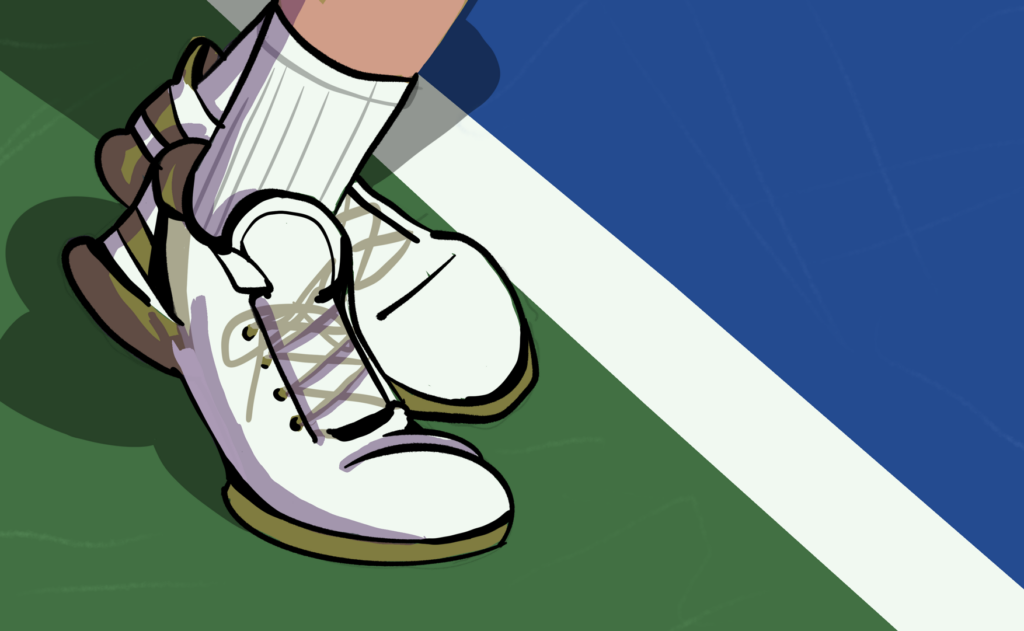
What makes clay tennis courts so unique?
- Hard courts are notably faster than clay but not as fast as grass
- Durable court surface will provide a quicker and zippier experience for players
- Players are required to adjust their play to incorporate…
- Taking the ball earlier
- Prioritize aggressive baseline play
- Hit flatter groundstrokes
The base of an acrylic court is typically asphalt or concrete, and the acrylic comes in to seal it all together and make it smooth and playable. Unless the court has visible cracks, an aging flaw of hard courts, they are even and provide a medium to fast playing experience. Regardless, acrylic hard courts are typically seen as the best for beginners because of their mostly smooth predictability.
Asphalt Tennis Courts
Within the hard court division exists asphalt courts. If you have ever seen some tennis courts that look pretty out of shape at a public park, they are most likely asphalt courts. Why are these courts so popular in parks? This is because of low maintenance. Essentially, an asphalt layer is put down first, and it is given time to cure. After that, latex is laid on top for durability. Asphalt courts range in quality, with some appearing like a roughly paved street and others being more well-maintained and smooth. Asphalt is rougher and slower than other hard courts.
What do you need to know about playing on asphalt? If you’re a beginner, definitely be careful. Because many asphalt courts are not regularly maintained, the paving is not consistent, and if you aren’t using caution, you could fall and hurt yourself. This surface is not the best for tennis shoes, so you will notice quicker wear on your soles than on other surfaces. It’s much harder to slide on asphalt as well. If you have weak knees, definitely be careful on asphalt.
Overall, asphalt is a tricky surface, so make sure you are prepared. Because of the speed of the surface, which is slightly slower than an acrylic hard court, you have an opportunity to practice your fast game and work on quick reaction time. Asphalt courts provide a great opportunity to practice your net game and serve as well.
Wood Tennis Courts
Perhaps in a local gymnasium you have seen wood tennis courts. These courts, using hardwood typically, have become part of the modern tennis game, but no major tournament (slam) is played on wooden courts. Big tournaments played on wood, such as the British Covered Court Championships and the Berlin International Covered Court Championships, have now been discontinued.
As previously mentioned, playing on hard surfaces changes the way the ball bounces. Wood is considered the fastest indoor surface, letting big hitters and big-bodied players really dominate and hit heavy shots.
Carpet Tennis Courts
Carpet tennis courts are not like the carpet you would imagine as an indoor surface in a home. This tennis surface can be either composed of polymeric or textile material, usually laid down in the form of sheets, or be composed of artificial turf with a sand-infill. Carpet is not a popular surface in the United States, but in Europe and Asia, this court surface dominated throughout the latter half of the 20th century. Carpet is known for being extremely fast so it can be a good tool for players who are training for tournaments on other fast surfaces like hard and grass courts.
On the ATP Tour, however, you will no longer find carpet courts. The surface was discontinued in 2009, due to the injury risks associated with the surface. It was once the surface for major tournaments such as the ATP Finals and Kremlin Cup.
Types of Tennis Courts FAQs
Why are there different types of tennis courts?
In the 37-page official tennis rule book created by the International Tennis Federation, there are specific stipulations about many things–the ball, the racket, scoring, faults, lets, hindrances, and more. What is missing is specific stipulations about court surface. In fact, in Section 1 of the rule book, “The Court”, we learn about the specific divisions of the court, net posts and sticks, the lines, and the necessary color contrast, but there is nothing about a correct surface. This is a key difference from other sports, allowing tennis to utilize different surfaces that provide different challenges.
What surfaces are the 4 Grand Slams played on?
- The Australian Open: Hard Court
- The French Open (Roland-Garros): Red Clay Court
- Wimbledon: Grass Court
- The US Open: Hard Court
Are grass courts faster than hard courts?
To put it simply, yes. Grass feels like the fastest court speed. What does that mean? After a ball bounces, it has roughly the same velocity on grass and hard courts, but grass courts also have less bounce, or a lower coefficient of restitution. This means less reaction time. This changes the way that many players will approach their overall play on grass.
What is Novak Djokovic’s preferred surface?
The world Number One with 24 grand slam singles titles appears not to struggle on any surface, but when asked about different surface types, Djokovic quickly spoke about how tough playing on clay is. He said that clay is such “an irregular bounce surface”, making it challenging depending on external weather factors.
What is Rafa Nadal’s favorite surface?
Nadal’s favorite surface is clay. He is what some call a “clay specialist”, being renowned for his ability to perform incredibly on clay. His nickname the King of Clay belongs to him rightfully so, considering the tennis star has won 13 French Open titles.
Why do balls bounce higher on clay?
This goes back to the grass question above. Balls bounce higher on clay because of the coefficient of restitution, or the bounciness of the surface. When a ball bounces on clay, the surface absorbs the ball’s speed, leading it to bounce higher than it would on a grass court. Clay is known for being an unpredictable and slow, uneven surface, making footwork super important when it comes to this kind of tennis court. Be careful, though–balls bounce higher on hard courts than on clay.

